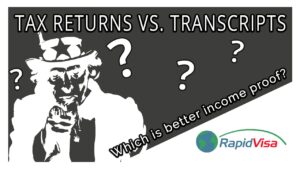This article is part 3 of a 5-part series and will cover the entry and exit requirements for U.S. citizens visiting the Philippines as a tourist. This article looks at the requirements for extending your stay in the Philippines beyond 59 days.
As a U.S. citizen, you can extend your stay up to 16 months by going to any immigration office in the Philippines. As of July 2007, you can now extend your stay up to 24 months with the approval of the Chief of the Immigration Regulation Division.
The first extension is for 38 days and will extend your new exit date to 59 days from the day you entered the Philippines. After 59 days you will need to visit an immigration office every two months in order to get a visa extension and extend your stay.
Be sure to apply for this extension before the expiration date or you will be subject to fines and could be detained.
The cost for extending an additional two months is PHP 4,800. And you will also require the ACR I-card if you were not issued one on your first visit to the immigration office. The cost of the ACR I-card is PHP 2,080. Click here to see updated visa extension fees.
The ACR I-Card is a microchip-based credit card-sized identification card issued to a registered foreign national replacing the paper-based ACR. It has an embedded computer chip with biometric security features capable of data management and can be updated electronically. Click here to learn more about the ACR I-card.
Checklist of Requirements for Visa Extension Beyond 59 Days
- Valid U.S. passport
- Tourist Visa Extension form duly accomplished (BI Form No. MCL 07-02)
- Bureau of Immigration (BI) Clearance Certificate
Note: If your stamp or tourist visa expiration date falls on a weekend or holiday you will need to visit an immigration office and apply for an extension before the last business day that your stamps or tourist visa expire. Failure to do so will result in additional fines and fees. Extension of your tourist visa is subject to approval by immigration authorities and is not guaranteed.
Disclaimer: The information provided in this article is for informational purposes only. We cannot guarantee the accuracy of the information as it is subject to change. U.S. citizens are strongly advised to contact the appropriate Philippine government authorities or nearest Philippine embassy/consulate for all current information and requirements.
Part 1 – Visiting the Philippines as a Tourist
Part 2 – Visiting the Philippines Beyond 21 Days
Part 3 – Visiting the Philippines Beyond 59 Days
Part 4 – Permanent Residence in the Philippines
Part 5 – Balikbayan Privilege in the Philippines
Reference: Bureau of Immigration, Embassy of the United States Manila and Travel.State.Gov


